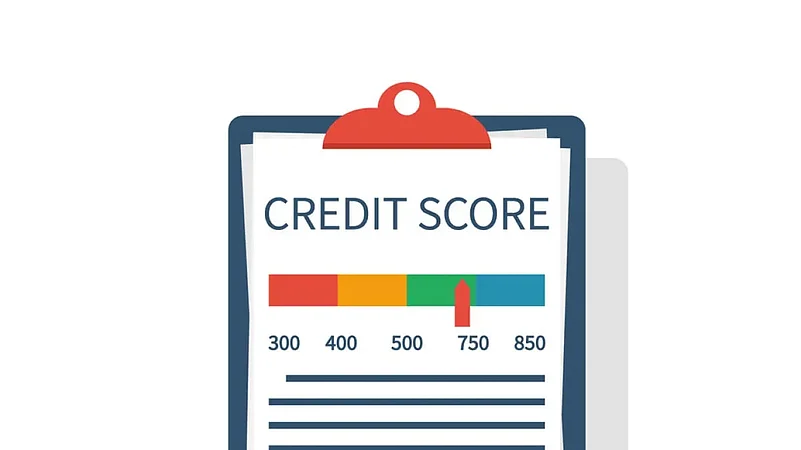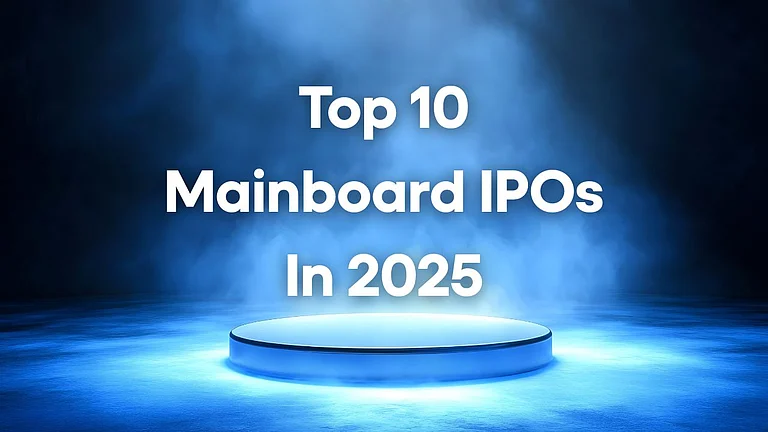The Reserve Bank of India (RBI) has removed margin caps on interest rate pricing of small loans given by non-banking financial company-microfinance institutions (NBFC-MFIs). In a March 14 circular, it said that the loan interest rate should be calculated after taking into consideration various factors like risk premium, cost of funds, margin, and others. This means higher transparency as borrowers can see how their interest rate is calculated.
This move also brings the lending rate mechanism of NBFC-MFIs on par with other lenders. Consumers will have more choice among lenders and will also understand the factors that influenced the loan. For example, the inclusion of risk premium in interest rate calculation for microfinance loans means that for a new borrower, the interest rate will be higher but for a repeat good borrower (who repaid loans on time), the interest rate will be lower.
NBFC-MFIs are non-banking companies that offer small-ticket, collateral-free loans. As per the definition given in the latest master circular of RBI, “A microfinance loan is defined as a collateral-free loan given to a household having annual household income up to Rs 300,000.”
The circular brings all commercial banks, excluding payments banks, under the same regulatory rules. “It brings uniformity in microfinance lending regulations and will, therefore, promote growth in the sector. There will be more access to low-cost loans. Now it does not matter where a customer goes for a loan because all banks, Small Finance Banks, Housing Finance Companies, Co-operative banks and NBFC-MFIs are coming under the same regulation,” said Dr.N.Jeyaseelan, CEO, Virutcham Academy for Social Changemakers LLP.
“Microfinance institutions majorly cater to the NTC (new-to-credit) and grass-root borrower segments, where there is limited financial history data. This move enables MFIs to take more calculated lending risks in the unsecured lending space, and price it accordingly,” says Amit Das, co-founder and chief executive officer at Think360.ai, a full-stack data science company.

What Is Margin Cap?
Earlier, various NBFC-MFIs used to raise funds from the market or from banks/financial institutions at one set of interest rates and then lend to customers at another interest rate. This difference in interest rates was capped at either 10-12 per cent of the funds raised or 2.75 times the average base rate of the five-largest commercial banks, whichever was lower. This is called margin cap as there is a ceiling on the maximum interest rate that can be charged.
The margin cap system does not apply any longer but that does not mean that lenders can charge as much interest rate as they wish. RBI also stated that no lender can charge abnormally high interest rates. “Interest rates and other charges/ fees on microfinance loans should not be usurious. These shall be subjected to supervisory scrutiny by the Reserve Bank,” read the circular.
“Abolishing the old margin cap is a step in the right direction. It promotes transparency. The RBI has also asked to give three break-ups (cost of funds, risk premium and margin) to show how the interest rate has been arrived at. This will prevent lenders from charging exorbitant interest rates since they have to justify their lending rates,” added Jeyaseelan.

What Is The New System?
There are various policy level changes announced in the RBI’s master circular. These are all aligned towards making microfinance lending regulations the same for all lenders.
- Qualifying Assets: “Lowering the threshold for qualifying assets to 75 per cent of the net assets for an NBFC acting as a microfinance institution will potentially assist in getting more institutions under the umbrella of NBFC-MFI. The higher the number of loan facilitators in the microfinance space designated to serve low-income households, the higher will be the number of customers served who are seeking small-ticket collateral-free loans,” says Raj Khosla, founder and managing director of MyMoneyMatra, a loan aggregator.
- Loan Pricing: Every microfinance lending company must formulate a board-approved policy of their pricing of loans. This policy should include a comprehensive and well-documented interest rate model and also the factors that influenced this interest rate. Factors like cost of funds, risk premium, margin and other necessary details should be taken into consideration. Apart from this, every other additional charge applicable to the microfinance loan should also be specified in an easy-to-read language. “These guidelines from RBI will unlock credit for the low-income segment, while also driving a level of credit risk stimulus for NBFCs and MFIs. This does not, however, take away the need for responsible credit risk management. As all microfinance lenders will be putting together board-approved policies for the pricing of loans, we need to watch out for abusive pricing models that can lead to debt traps,” added Das.
- Loan Repayment: The circular puts a limit on the maximum loan repayment amount at up to 50 per cent of the monthly household income of the borrower. This means that no lender can sanction loans (principal amount and interest both) to people beyond 50 per cent of their monthly household income. So, if the borrower’s monthly income is Rs 25,000, the loan limit is Rs 12,500 monthly. There will be no prepayment penalty. These conditions deter over-borrowing, which will lead to timely loan repayments. "The linking of repayment capacity to household income is a welcome measure. The overall borrowing limit is calculated irrespective of the number of lenders the loan is taken from,” added Jeyaseelan.
- Borrower Categories: NBFC-MFIs can now give 25 per cent of their total loan book to borrowers apart from the microfinance category. This limit was 15 per cent earlier. NBFCs who are by definition not microfinance lenders can now give up to 25 per cent of their total loan book to microfinance borrowers. This limit was earlier 10 per cent.













